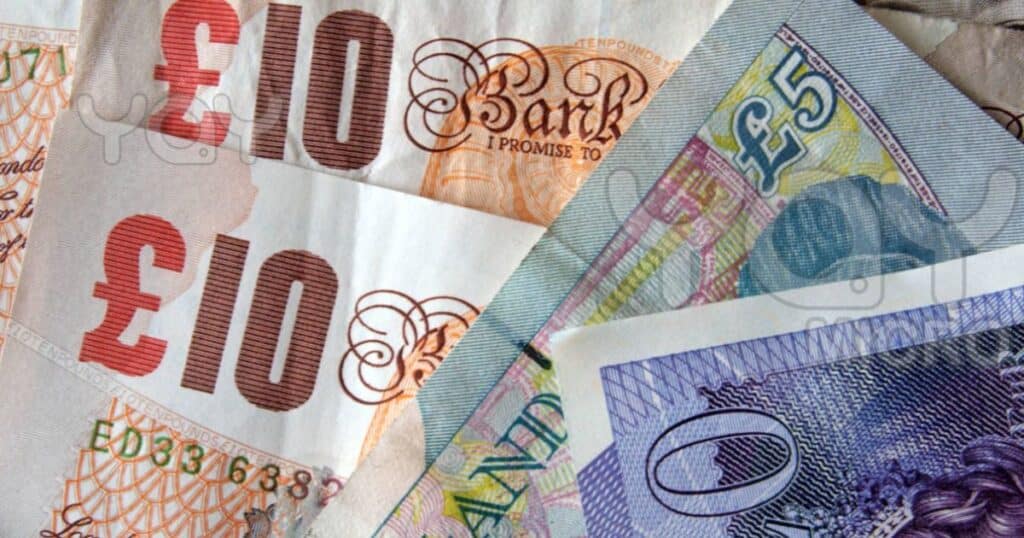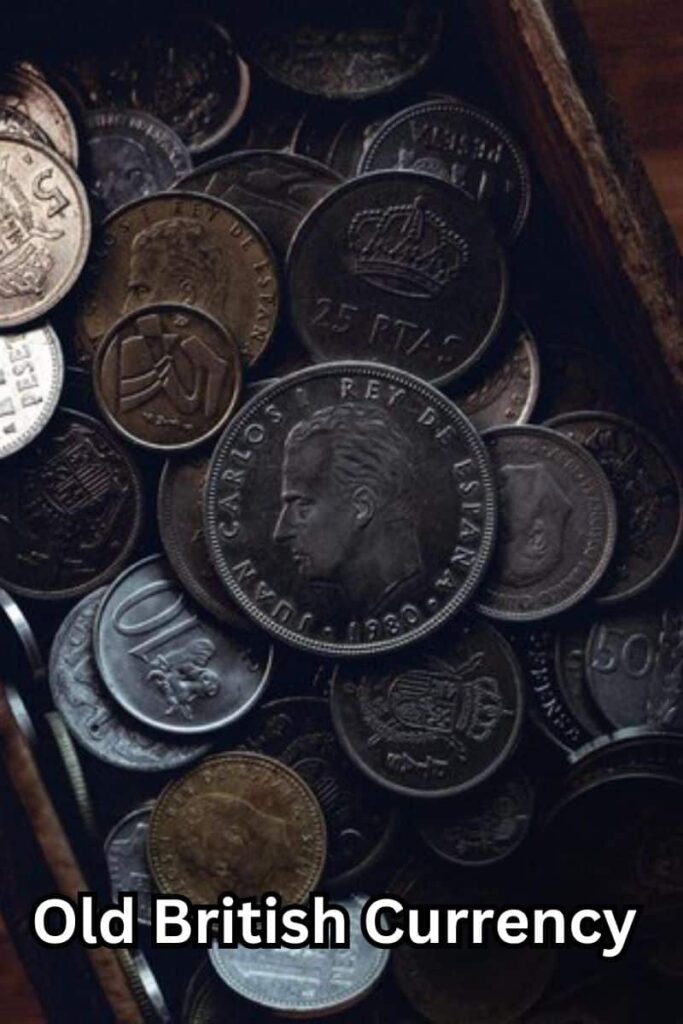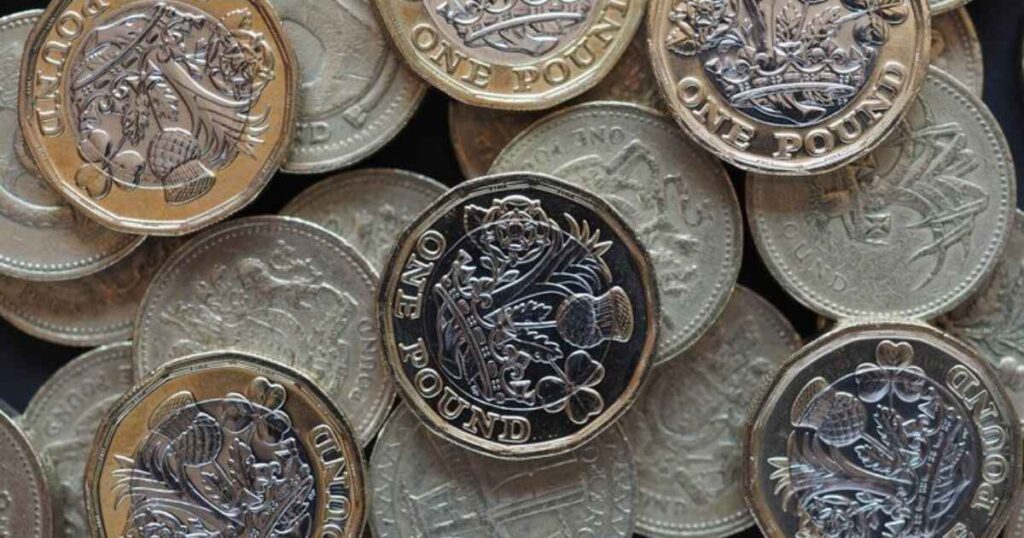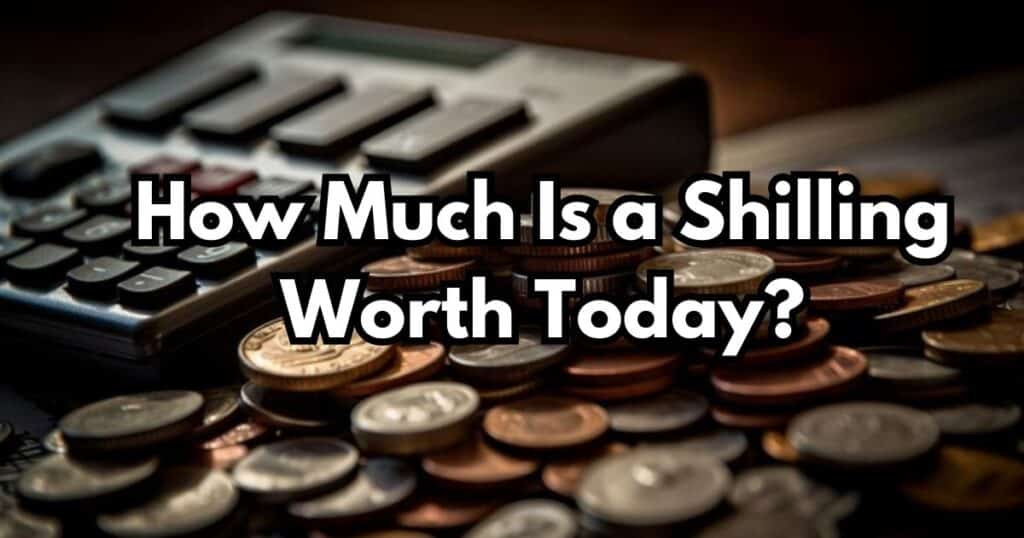How Much Is a Shilling Worth in Today’s Money?
Have you ever stumbled upon a stash of old British coins and wondered about their value? Perhaps you inherited a collection from a relative, or you found a few odd coins while cleaning out your grandparents’ attic.
Among the unfamiliar denominations, you may have noticed some coins with the word “shilling” inscribed on them. So, what exactly is a shilling, and how much is it worth in today’s currency?
In this article, we’ll delve into the fascinating world of Britain’s pre-decimalization currency system, exploring the history, significance, and contemporary value of the shilling.
We’ll also take a closer look at the evolution of British currency over time, shedding light on the economic and cultural factors that shaped its development.
The Evolution of British Currency

Pre-Decimalisation: The Complexity of Old British Currency
Before we dive into the specifics of the shilling, it’s essential to understand the intricate nature of Britain’s pre-decimalisation currency system. Until 1971, the United Kingdom employed a complex system of pounds, shillings, and pence, which could be utterly bewildering for those unfamiliar with it.
Above the pound
At the top of the hierarchy was the pound, represented by the symbol “£.” Above the pound were denominations such as the guinea, which was worth 21 shillings, and the crown, worth five shillings.
The pound itself
The pound was the core unit of currency and was divided into 20 shillings.
Below the pound
Below the pound, the system became even more convoluted. Each shilling was worth 12 pence, and there were coins representing various fractions of a shilling, such as the sixpence (six pence) and the threepence (three pence).
The Shilling: A Closer Look
The shilling, represented by the symbol “/,” played a pivotal role in this intricate system. It was a significant denomination, often used for pricing goods and services, as well as for wage payments. Shillings were minted in both silver and base metal varieties, with the silver shilling being a highly valued coin.
Example: To illustrate the complexity of the system, consider the following scenario: If you wanted to pay three pounds, six shillings, and nine pence, you would need to combine three pound coins, six shilling coins, and nine pennies. The mental arithmetic required to navigate such transactions was no small feat!
What was Old British Currency Like?

1940s: A Time of Hardships
During the 1940s, Britain faced immense challenges as a result of World War II. Rationing and resource scarcity were widespread, and the shilling played a crucial role in daily transactions. For many families, budgeting and stretching every shilling was a matter of survival.
“In those days, a shilling could buy you a loaf of bread, a pint of milk, and a few basic necessities. We learned to make every penny count,” recalled Mrs. Emily Thompson, who lived through the war years.
1960s: A Time of Transition
As Britain emerged from the austerity of the post-war era, the 1960s brought about a gradual shift towards a more prosperous society. However, the currency system remained unchanged, with the shilling still holding a prominent place in everyday transactions.
It was during this period that discussions around decimalization began to gain traction, as the complexities of the old system became increasingly apparent in a rapidly modernizing world.
Read More: Fintechasianet Crypto Facto: Navigating the Asian Cryptocurrency Landscape
1970s: The Dawn of Decimalization
On February 15, 1971, the United Kingdom officially adopted a decimal currency system, marking the end of an era for the shilling and other pre-decimalisation coins. The new system introduced denominations such as the pound and the new penny, with 100 pence equaling one pound.
While the transition was not without its challenges, it ultimately streamlined financial transactions and brought the British currency system in line with many other modern economies.
How much is a shilling?
So, how much is a shilling worth in today’s decimal currency? One shilling was equivalent to 5 pence (5p) in the new decimal system. This means that 20 shillings made up one pound, as there were 20 shillings in a pound under the old system.
How Much Is a Shilling Worth Today?
To determine the current value of a shilling, we need to factor in inflation and the changing purchasing power of money over time. According to calculations based on the Bank of England’s inflation calculator, one shilling from 1971 (when decimalisation occurred) would be worth approximately 37 pence (37p) in today’s money.
However, it’s important to note that the value of a specific shilling coin can vary depending on its condition, rarity, and collector’s demand. Well-preserved or rare shilling coins from certain years may fetch higher prices on the collector’s market.
How much would 5 shillings be worth today?
Let’s put this into perspective with an example. If you had 5 shillings from 1971, their combined value in today’s currency would be approximately £1.85 (5 x 37p).
To provide some context, £1.85 could buy you:
- A loaf of bread and a pint of milk
- A few magazines or newspapers
- A couple of cups of coffee from a cafe
While not an insignificant amount, it highlights how the purchasing power of money has changed over time.
The Purchasing Power of a Shilling
During the time when shillings were in circulation, their purchasing power was substantial. In the early 20th century, a shilling could buy a decent amount of goods and services.
For instance, here are some examples of what a shilling could purchase:
- A loaf of bread
- A pint of beer
- A ticket to a cinema show
- A pack of cigarettes
As time progressed and inflation took its toll, the purchasing power of the shilling gradually diminished. By the 1960s, a shilling could still buy a few everyday items, but its value had eroded significantly compared to earlier decades.
What Could You Buy with a Shilling?
To give you a better idea of the shilling’s purchasing power, here are some examples of goods and services that could be obtained with a single shilling at various points in history:
- In the 1920s: A newspaper, a bar of soap, or a packet of cigarettes
- In the 1940s: A loaf of bread, a pint of milk, or a bus fare
- In the 1960s: A pint of beer, a candy bar, or a comic book
What would you buy with 10 shillings?
If you had 10 shillings in your pocket during the 1960s, you could potentially purchase:
- A few paperback books
- A week’s worth of bus fares
- A modest meal at a pub or café
Alternatively, if you had saved up 10 shillings in the 1920s, you could have treated yourself to:
- A pair of decent leather shoes
- A night out at the theater
- A week’s worth of groceries for a small family
These examples highlight how the value of the shilling fluctuated over time and how it was used to purchase a wide range of goods and services in daily life.
The Legacy of Old British Coins

While the shilling and other pre-decimalization coins are no longer in circulation, they hold a significant place in Britain’s cultural heritage and numismatic history. Many people collect and trade these coins, appreciating their historical significance and unique designs.
Furthermore, the legacy of the shilling can still be seen in modern British culture and language. The term “bob” was a slang word for a shilling, and phrases like “a few bob” or “to bob up and down” are still used today, albeit with slightly different meanings.
Old British Coins Today
If you happen to come across old British coins, including shillings, there are a few things you should know:
- Condition is key: The condition of the coin plays a crucial role in determining its value. Well-preserved coins in excellent condition will fetch higher prices than worn or damaged ones.
- Rarity matters: Some shilling coins from certain years or with specific designs are rarer than others, making them more valuable to collectors.
- Professional appraisal: If you have a significant collection or rare coins, it’s advisable to seek professional appraisal from a reputable numismatic expert or coin dealer.
- Selling options: You can sell old British coins, including shillings, through various channels:
- Coin dealers and numismatic shops
- Online marketplaces and auction sites
- Coin shows and conventions
However, it’s essential to exercise caution and thoroughly research the authenticity and value of your coins before attempting to sell them.
Conclusion
The shilling, once a vital part of Britain’s pre-decimalisation currency system, holds a unique place in the country’s economic and cultural history. Although no longer in circulation, understanding the value and significance of the shilling provides us with a fascinating glimpse into the past.
From its role as a unit of wage payment and pricing to its declining purchasing power over time, the shilling’s journey reflects the changing economic landscape of Britain. Today, while its practical use has faded, the shilling remains a cherished collector’s item and a symbol of a bygone era.
Exploring the value of the shilling not only satisfies our curiosity about obsolete currencies but also reminds us of the ever-evolving nature of money and the importance of preserving our numismatic heritage. So, the next time you encounter an old shilling coin, take a moment to appreciate its historical significance and the stories it could tell.

Howdy, editor at FinanceEon.com, brings over a decade of financial journalism experience. He ensures accuracy and insightful analysis, guiding a team on market trends and investment strategies.







